Science, Technology, and Innovation to Safeguard Land, Water, and Biodiversity
A National Policy Forum on the Ridge-to-reef Approach to Sustainable Land Use and Development Planning
In Commemoration of DOST-PCAARRD’s 12th Anniversary
The “Science, Technology, and Innovation for the Protection of Land, Water, and Biodiversity: A National Policy Forum on Sustainable Land Use and Development Planning using the Ridge-to-Reef Approach” was organized to mark the 12th anniversary of the Department of Science and Technology-Philippine Council for Agriculture, Aquatic, and Natural Resources Research and Development (DOST-PCAARRD). Held on June 26, 2023, at the Philippine International Convention Center, it gathered 135 face-to-face and 217 Zoom participants from National Government Agencies (NGAs), academe, local government units (LGUs), international organizations, private organizations, and media.
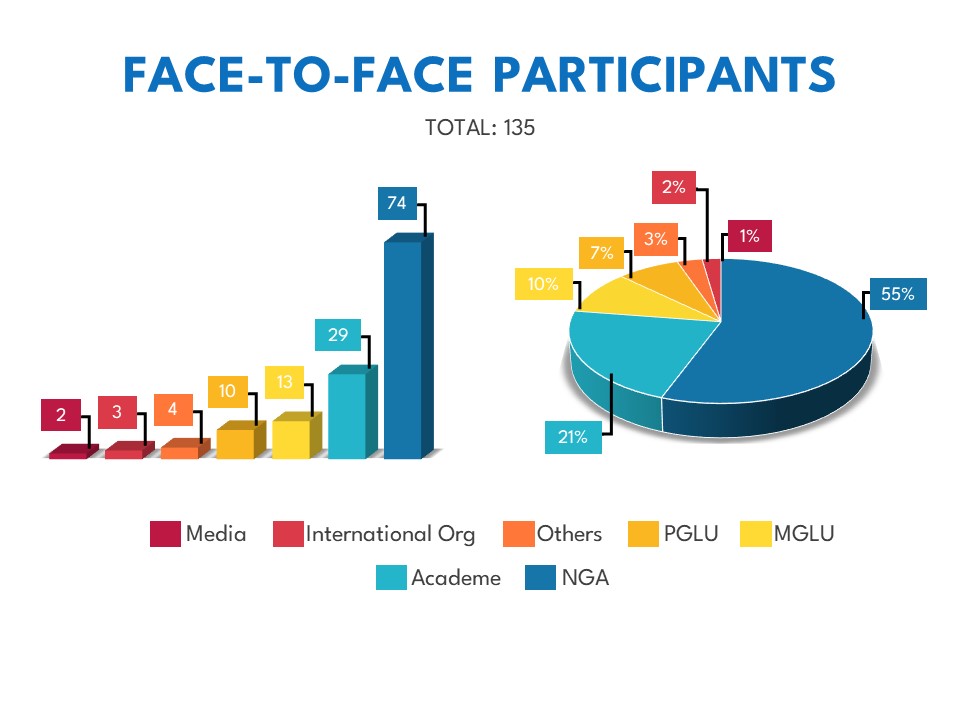
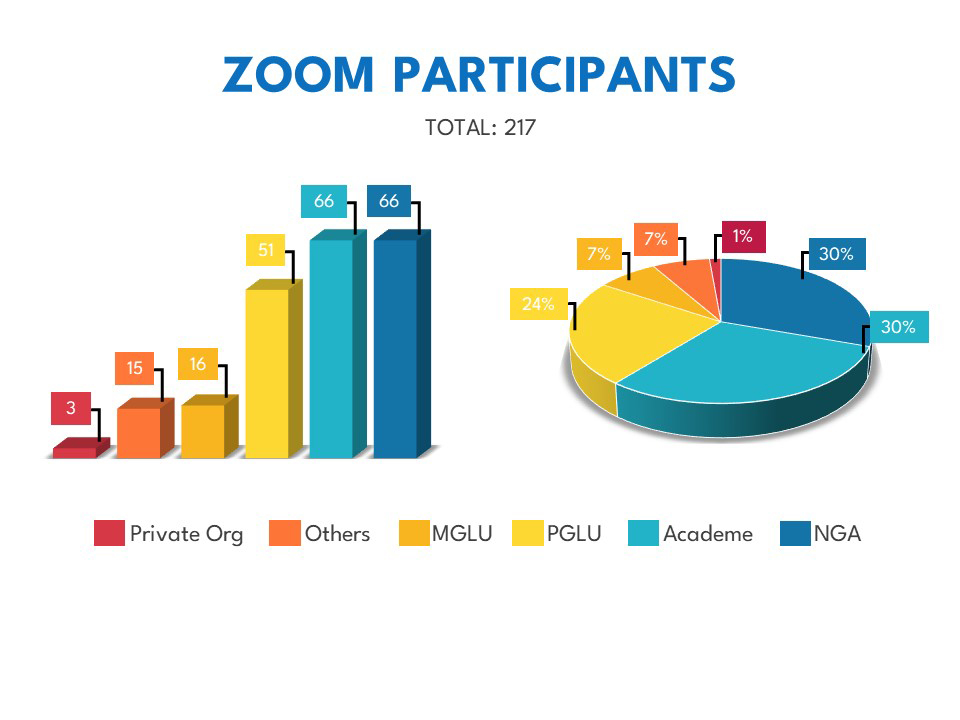
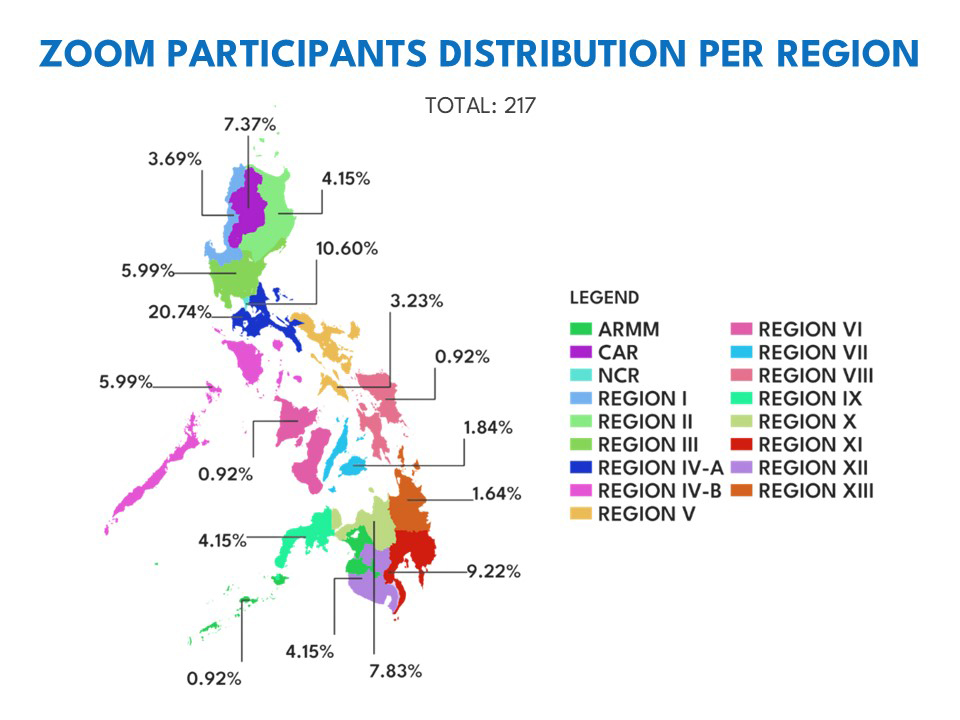
DOST Secretary Dr. Renato U. Solidum discussed the role of Science, Technology and Innovation in safeguarding land, water, and biodiversity. He underscored DOST’s unwavering commitment to ensure that initiatives in Science and Technology Innovation (STI) actively contribute to the sustainable management of these crucial elements. Despite commendable efforts, the task still needs to be completed due to the persistent threats and influential forces driving change.
Dr. Solidum emphasized that tackling the challenges stemming from these formidable threats and drivers of change can be effectively managed by aligning the DOST’s agenda and direction with national and international development frameworks. Notably, he pointed to significant guides such as the United Nations Sustainable Development Goals (SDGs), the Philippine Development Plan (PDP) 2023 to 2028 of the National Economic and Development Authority (NEDA), the forward-looking AmBisyon Natin 2040, the visionary National Academy of Science and Technology (NAST) PAGTANAW 2050, and the Ridge-to-reef / Watershed Ecosystem Managment (R2R/WEM) approach. Dr. Solidum further highlighted that STI actively supports incorporating the R2R/WEM approach into the fabric of development planning, thus creating a harmonious synergy between scientific innovation and sustainable practices.
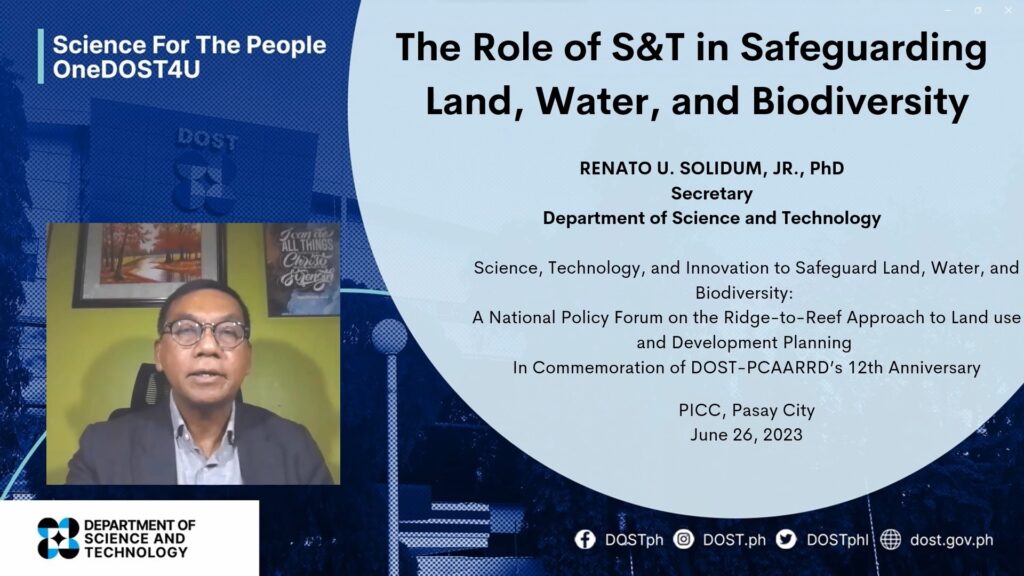
DOST Secretary Solidum delivering the keynote speech.
Dr. Ricardo M. Sandalo, the Dean of the College of Human Ecology at the University of the Philippines Los Baños (UPLB), addressed key issues and challenges encountered in implementing the R2R/WEM approach for updating Comprehensive Land Use Plan, along with the applicable laws and regulations.
Dr. Sandalo highlighted the challenges related to sectorial implementation of programs and activities, presence of multi-sectoral agencies, and misaligned boundaries of LGUs with watersheds. He emphasized the need to comprehend the interplay between land-based and marine-related activities across jurisdictions. Dr. Sandalo recommended adopting the R2R/WEM Approach in all levels of planning, establishing practical guidelines for its application, and empowering planning bodies to incorporate participatory R2R/WEM in plan formulation and implementation.
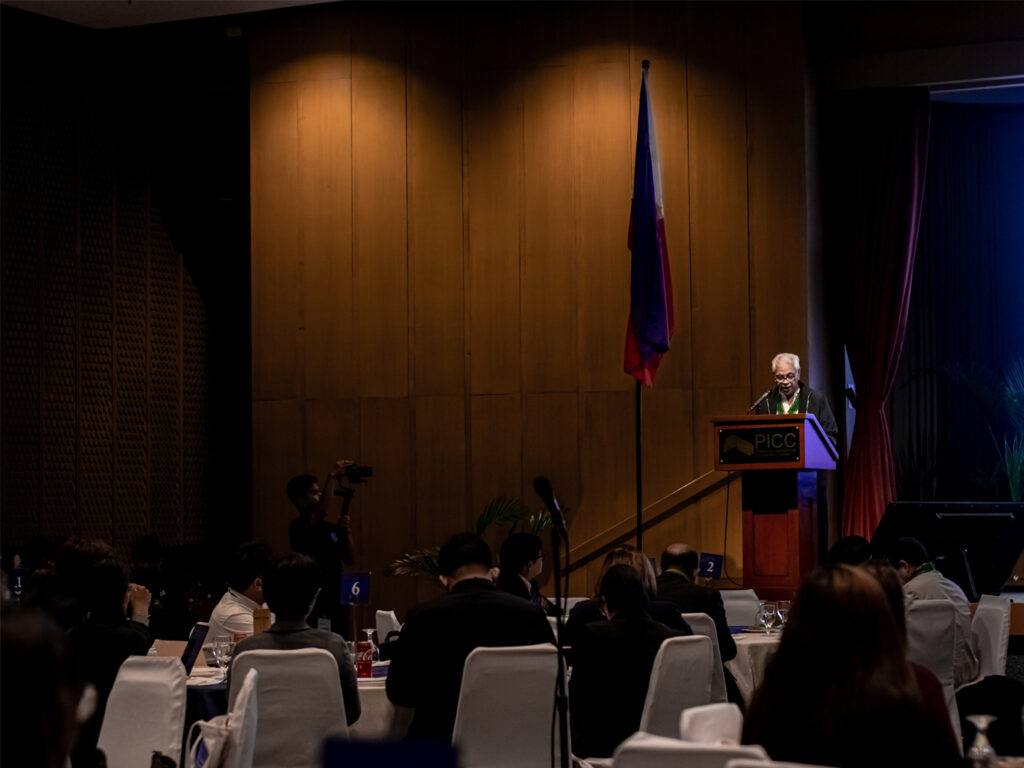
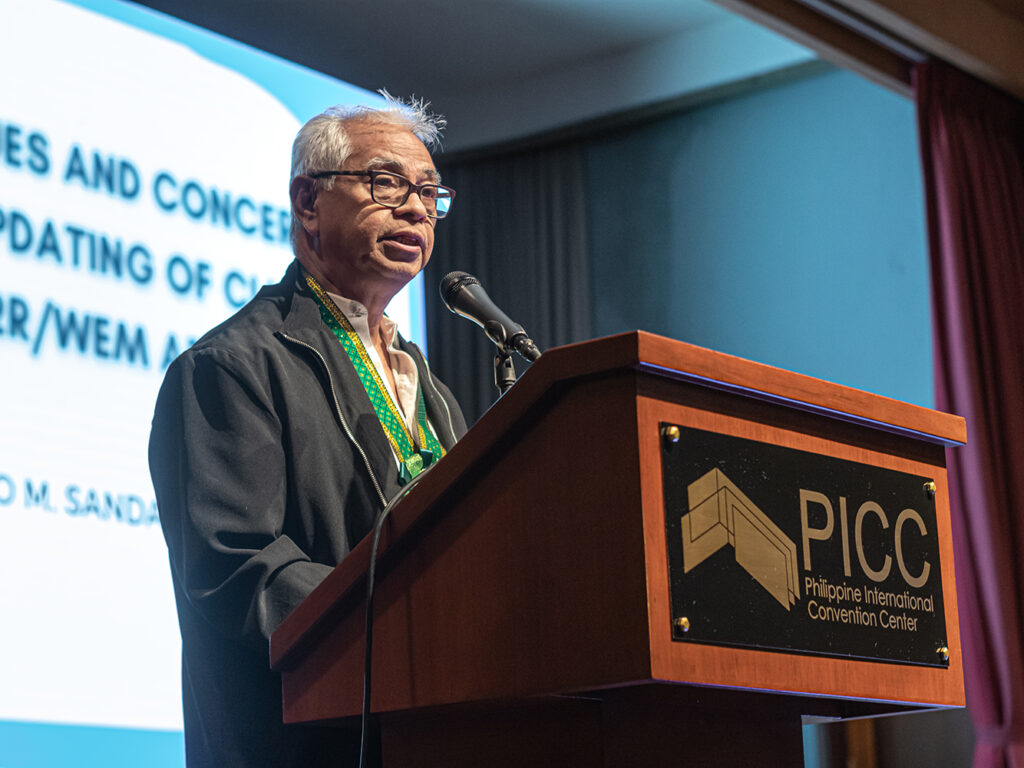
CHE Dean Sandalo promoting R2R/WEM approach to overcome sectorial implementation and boundaries misalignment.
For. Nelson V. Gorospe, Executive Director of the River Basin Control Office (RBCO), talked about the significance of the Master Plans of major river basins as the basis for revising the Provincial Development and Physical Framework Plan (PDPFP).
Dir. Gorospe discussed the objectives and details of the Integrated River Basin Management and Development Master Plans (IRBMDMPs), as well as the relevant information found in the Philippine Development Plan (PDP) 2023-2028, including Integrated Water Resource Management, Annual Plan Targets, and Master Plan Updating. He underscored the importance of aligning the PDP with the PDPFP and harmonizing the IRBMDMPs with the plans of LGUs. Dir. Gorospe highlighted the importance of collaboration and synergy between NGAs and LGUs to effectively implement the PDP on both national and local levels. Additionally, he underscored the need to explore alternative funding sources beyond regular government budgets.
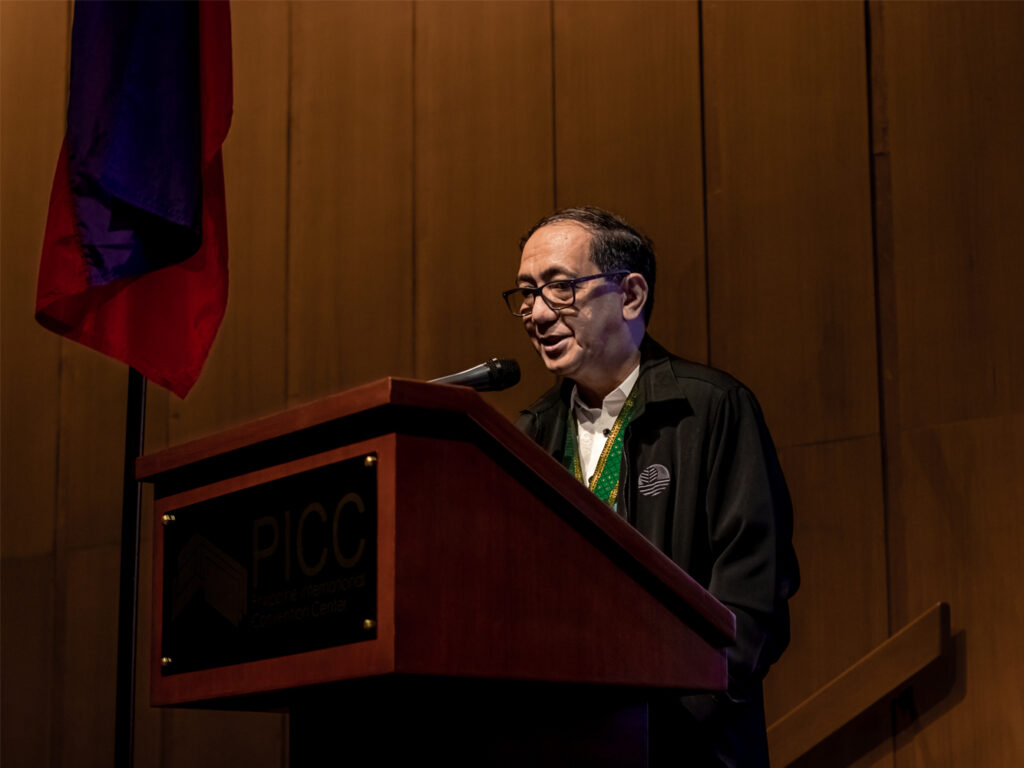
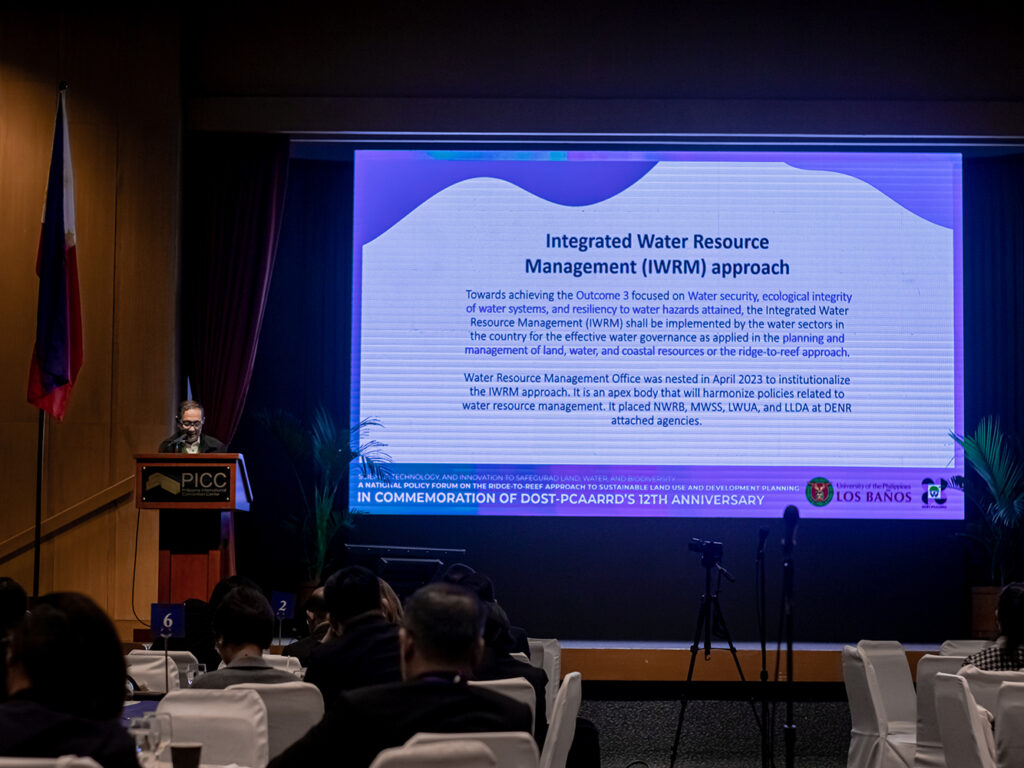
RBCO Dir. Gorospe stressing the role of River Basin Master Plans in revising PDPFP.
Mr. Mic Ivan V. Sumilang, Chief of the Environmental and Land Use Policies Division of the Department of Human Settlement and Urban Development (DHSUD), discussed the significant provisions and perceived challenges of the interim guidelines in the updating/preparation of PDPFP.
During his presentation, Mr. Sumilang said that the PDPFP serves as an excellent starting point for implementing the R2R/WEM Approach. He explained that the approach requires additional budget allocation to gather the necessary data and conduct analysis. Once the PDPFPs are created, LGUs can use them as a basis for their Comprehensive Land Use Plans (CLUPs) and Comprehensive Development Plans (CDPs).
Furthermore, Mr. Sumilang highlighted the ability of the PDPFP to address the gap between spatial and sectoral planning, as well as medium- and long-term priorities. The interim PDPFP guidelines encompass several essential features, such as the inclusion of an eight-point socio-economic agenda and development priorities, the establishment and composition of the planning team, vertical and horizontal linkages, modified formulation/updating processes with assigned responsible entities, proposed development thrusts, implementation and monitoring strategies, and the roles and responsibilities of DHSUD, NEDA, and Department of the Interior and Local Government (DILG).
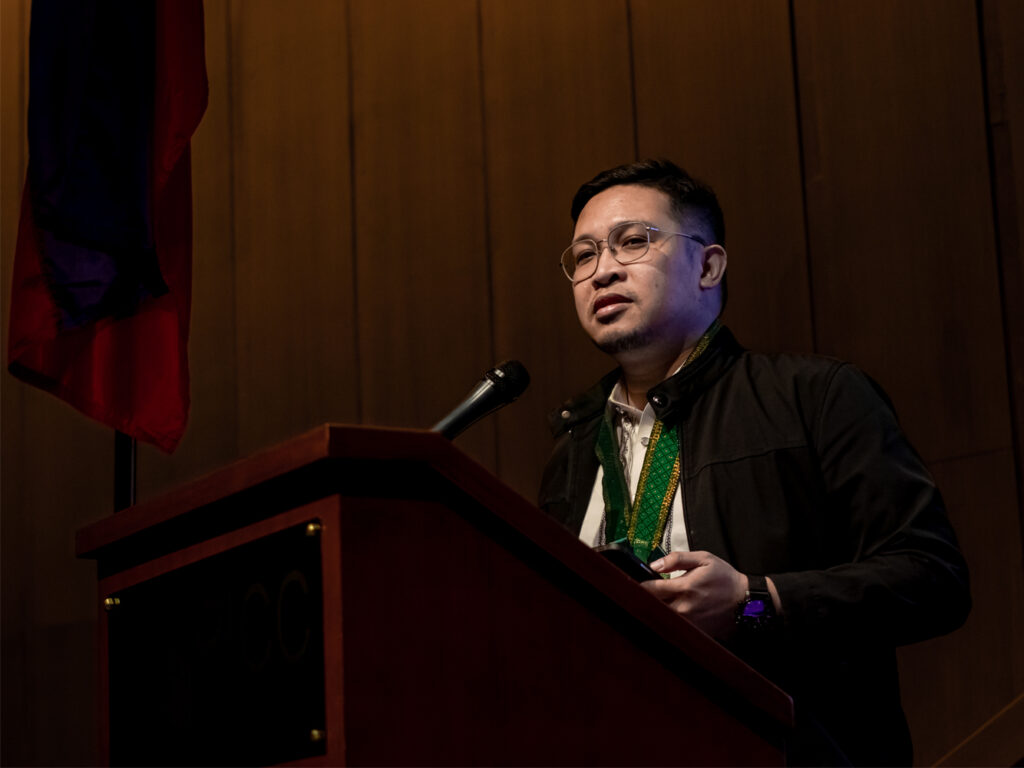
ELUPD Chief Mr. Sumilang discussing key provisions and challenges of Interim PDPFP Guidelines.
Ms. Anna Liza F. Bonagua, Director of the Bureau of Local Government Development (BLGD) of the DILG, presented the guidelines for the vertical alignment of plans from the PDPFP to the CLUPs and CDPs. Ms. Bonagua discussed the role of provinces in achieving plan complementation between the province and its constituent cities and municipalities.
Ms. Bonagua initiates her presentation by delving into the legal foundation for the vertical alignment of plans, which draws upon various legislative provisions such as Republic Act 7160, also known as the Local Government Code 1991. The relevant sections include Section 56, which pertains to the review of Component City and Municipal Ordinances or Resolutions by the Sangguniang Panlalawigan, Section 114, which addresses the relation of Local Development Councils to the Sanggunian and the Regional Development Council, and Section 305, which outlines the Fundamental Principles.
Regarding the policies governing plan alignment, she highlighted three crucial documents. Firstly, the DILG-NEDA-DBM-DOF JMC No. 1 series of 2016 provides updated guidelines on harmonizing local planning, investment programming, resource mobilization, budgeting, expenditure management, and performance monitoring in fiscal oversight. Secondly, the DILG-NEDA JMC No. 01 Series of 2018 introduces guidelines on the localization of the Philippine Development Plan (PDP) 2017-2022 Results Matrices and the Sustainable Development Goals (SDGs), dated 26 November 2018. Lastly, the DILG Memorandum Circular No. 2023-028 offers comprehensive guidelines on the preparation and/or updating of local plans.
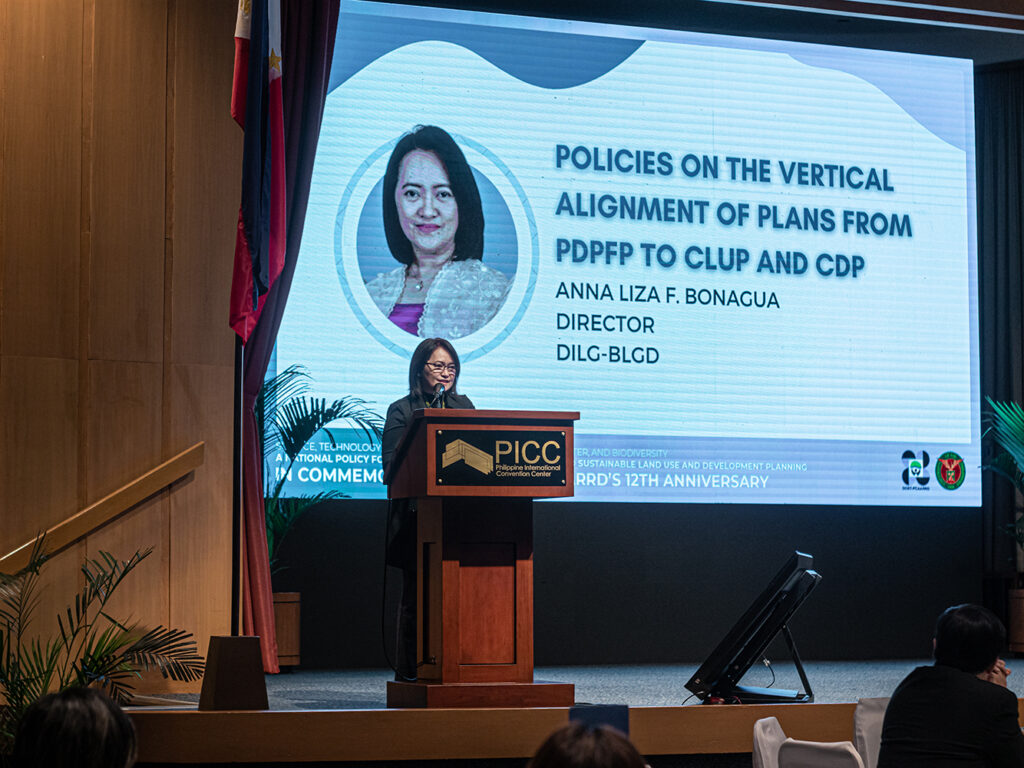
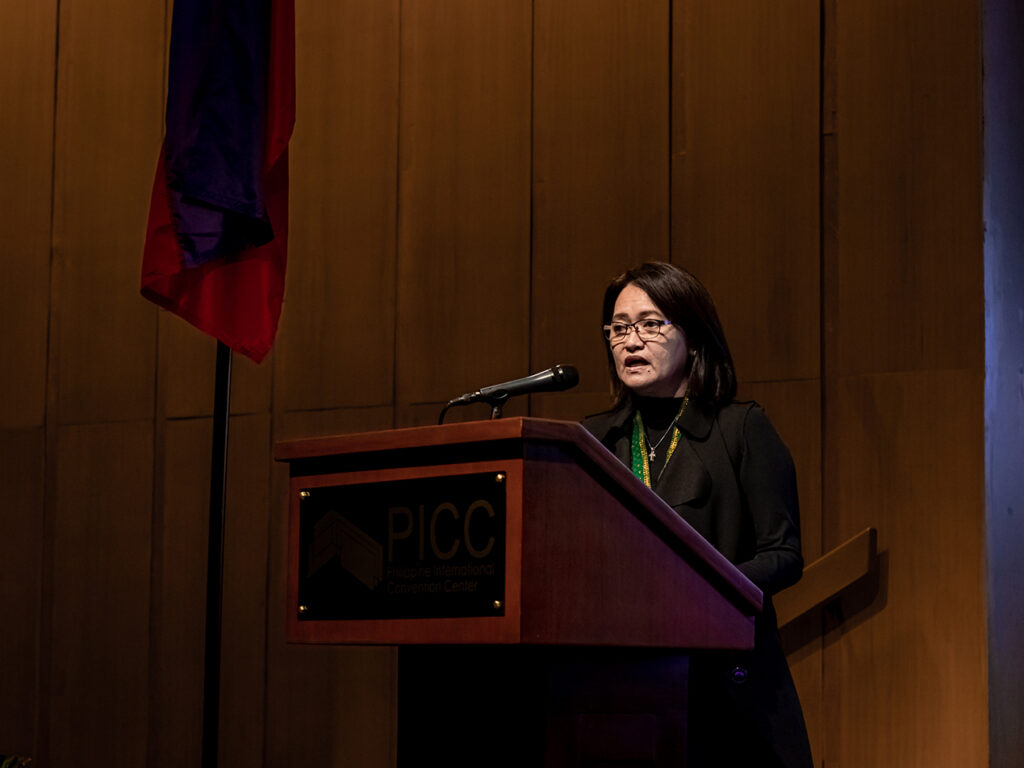
DILG-BLGD Dir. Bonagua presenting guidelines for vertical alignment of local development plans.
The R2R/WEM approach and its profound implications for interrelated ecosystems within a watershed were the subject of an engaging presentation by Dr. Rex Victor Cruz, a renowned NAST Academician and Professor Emeritus. Dr. Cruz emphasized the significance of the R2R/WEM approach as a foundation to promote the resilience of ecosystems as a pivotal platform for ecological sustainability. In a watershed, ecosystems are interconnected, emphasizing how the condition and productivity of one ecosystem could potentially have an enormous influence on adjacent ecosystems. By using this encompassing strategy, LGUs and authorities could address problems holistically which extend across different biological constraints in the watershed, resulting in more efficient and sustainable solutions.
Dr. Cruz reinforced the need for integrated planning by both NGAs and LGUs throughout his lecture. The R2R approach, when incorporated into the creation of PDPFP, CLUP, and CDP, would not only promote harmony and consistency but also lay the groundwork for ecosystem preservation and sustainable development. In order to foster a commitment to sustainable ecosystem management among legislators, stakeholders, and community members.
Dr. Cruz advocated a transformative mindset. To successfully implement conservation plans and resource management programs, he highlighted the significance of LGUs in building technical capacity within their institutions. Dr. Cruz further suggested that State Universities and Colleges (SUCs) could possess a crucial role by serving as centers for technical services, promoting knowledge-sharing, and developing research cooperation to guarantee informed decision-making for a more robust and environmentally sustainable future. He also stressed how important it is to make land capability zoning available for all watersheds and to make sure that the datasets and resources required for thorough planning are easily accessible.
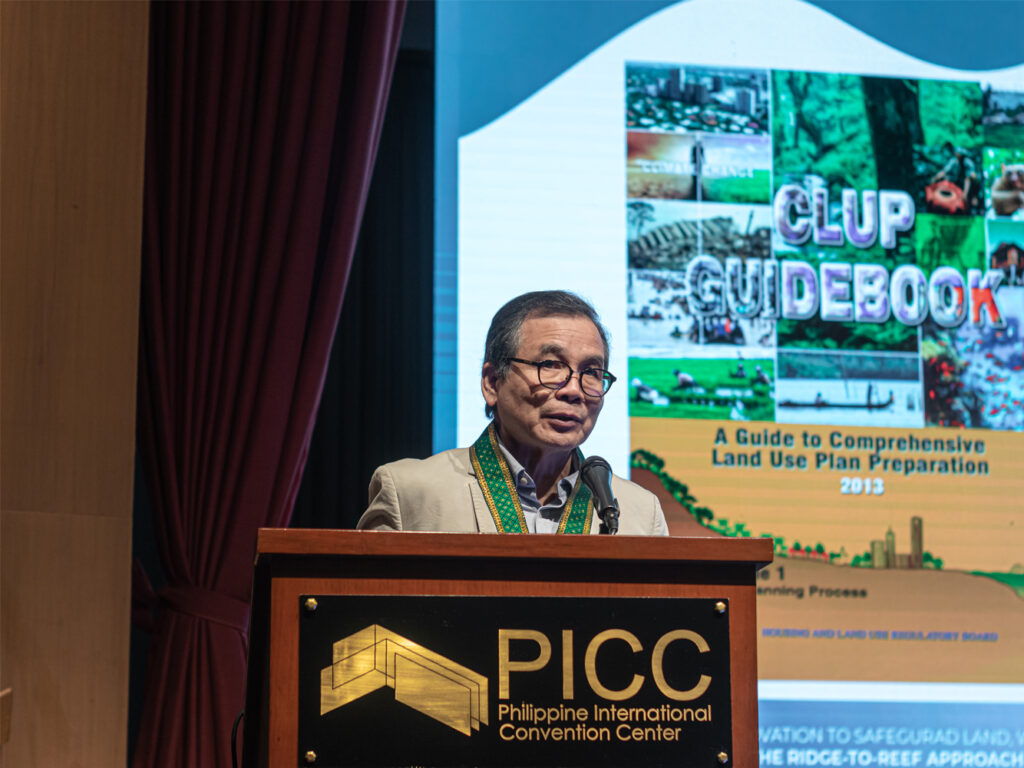
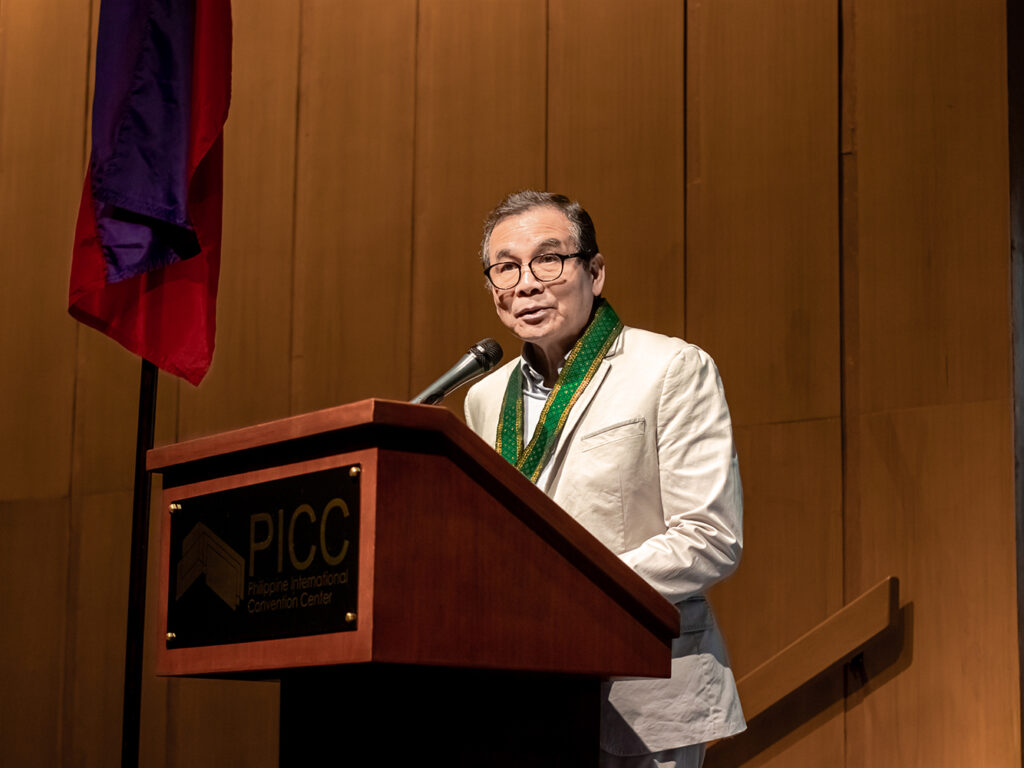
UPLB Professor Emeritus Cruz advocating for robust preparation and implementation of land use and development plans using the R2R/WEM approach.
The face-to-face and online participants asked the resource persons about various topics during the open discussion. These included the importance of discussing R2R implementation, updates on the ongoing WILUP project in La Union, whether the R2R approach is manageable for LGUs, the following steps from UPLB and DOST to mainstream R2R, ways to get community members involved in R2R, the need for R2R/WEM in vision-driven planning, challenges faced by the WILUP team and their solutions, and what will happen with the suggested policies.
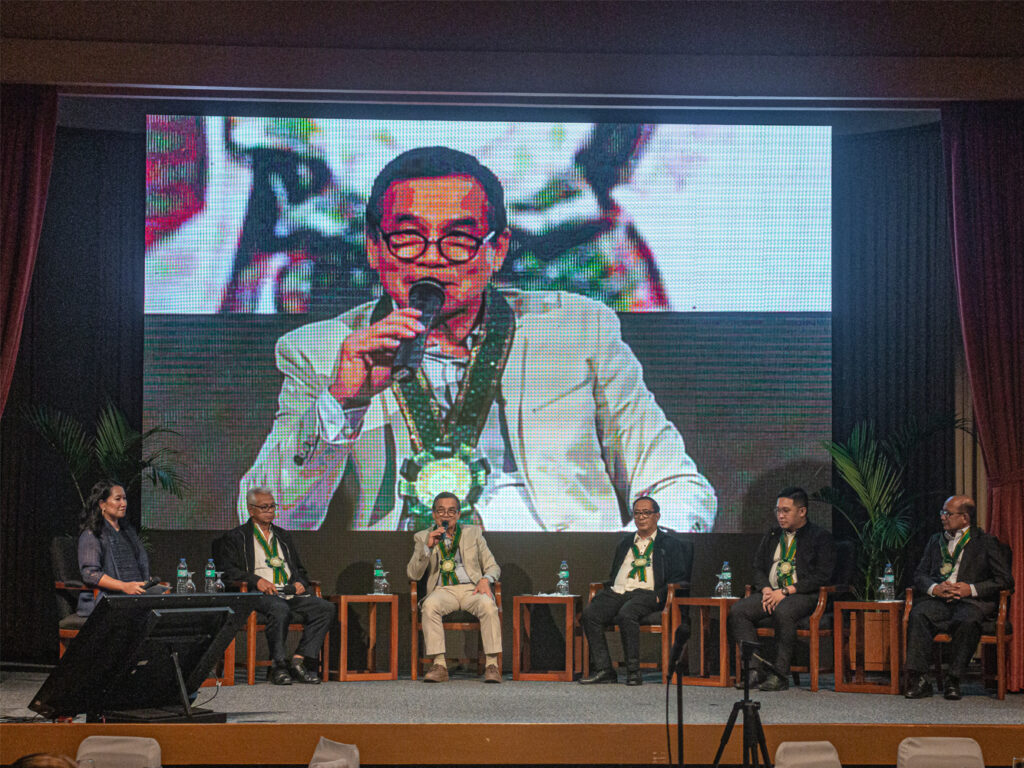
The resource persons during the open forum.
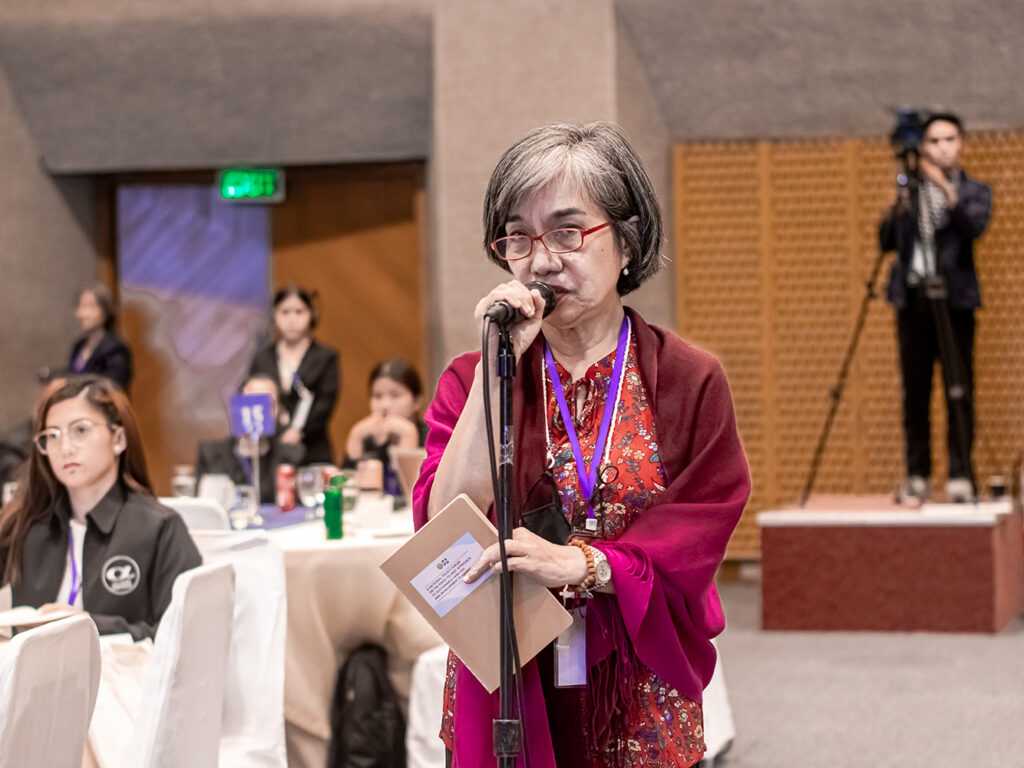
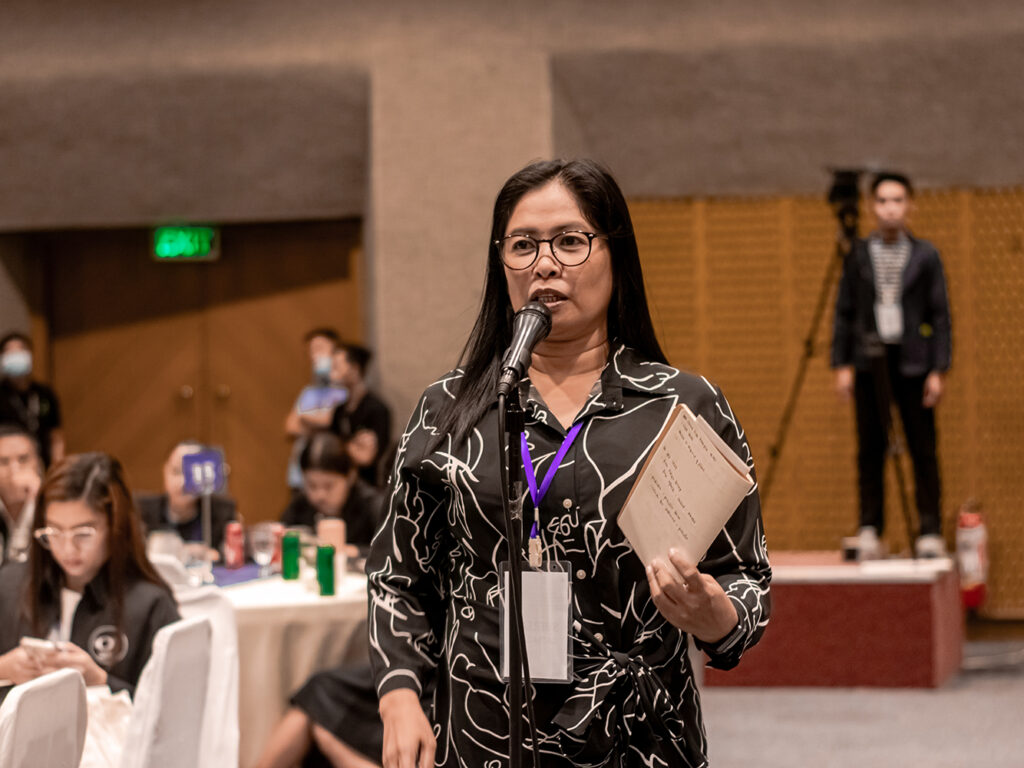
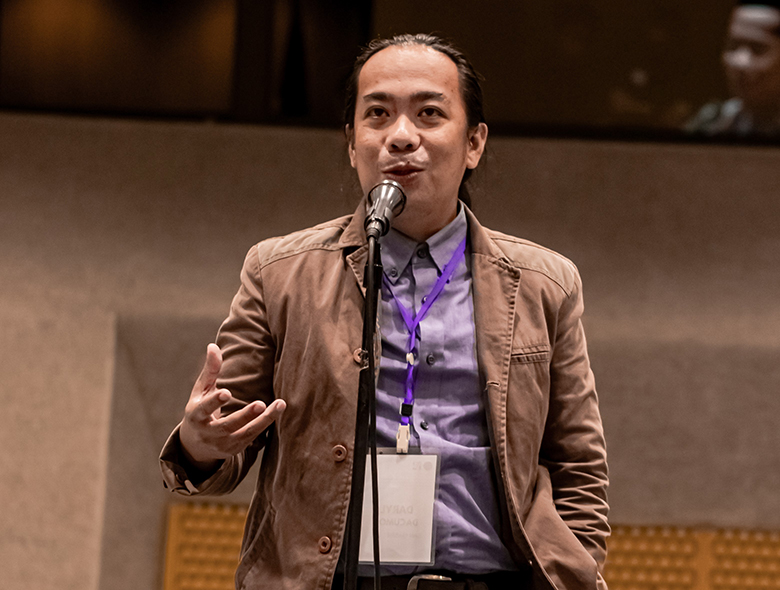
Questions from participants during the open forum helped clarify and further the discussions about R2R/WEM. Lyn Resureccion, a BusinessMirror journalist, inquired about the necessity of discussing the implementation of R2R/WEM; Shereal Catbagan of La Union PGENRO asked about the manageability of the R2R/WEM approach for LGUs, while Daryl Dacumos, from San Gabriel La Union tourism office, inquired about the necessity of the R2R/WEM approach for vision-driven planning.
The responses to the questions asked are:
On the implementation of R2R, the following responses were provided: first, the implementation of R2R is still limited despite the existing ideas and trials because of inadequate guidelines; second, the mindset of people that is not yet prepared to think and plan in bigger systems; third, there is a need to ingrain R2R in our bureaucratic processes and institutionalize in legal frameworks; and fourth, there are plans to improve the monitoring and evaluation that will enable DHSUD to incentivise those who will comply.
There is already an existing policy concerning LGU’s capacity to implement R2R on their own: Executive Order 138 provides capacity building for LGUs. DHSUD aims to assist LGUs for them to be prepared in organizing, building and constructing data needed.
There is also a confusion about the need of incorporating R2R into vision-driven planning. To clarify this, it was emphasized in the discussion that it is necessary to analyze the situation before formulating a vision. Furthermore, the requirement for comprehensive guidelines to navigate interactions within the planning system is highlighted
